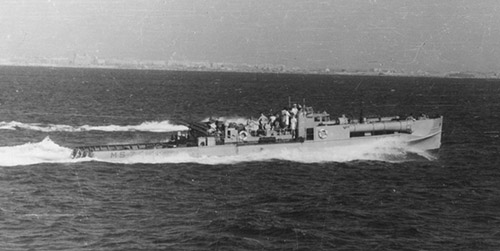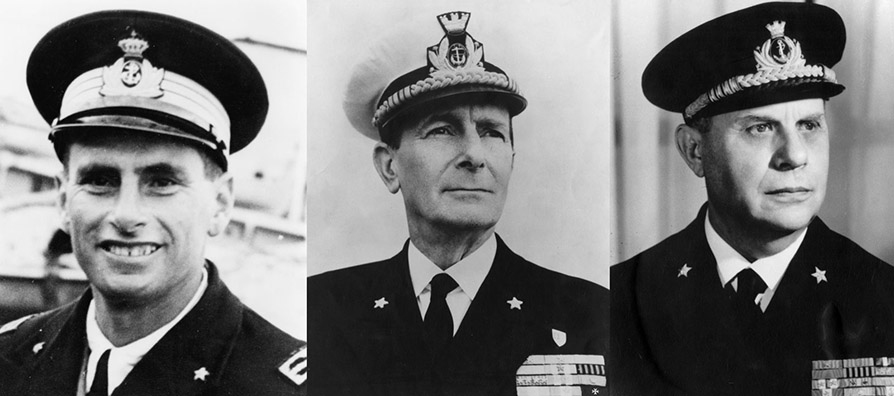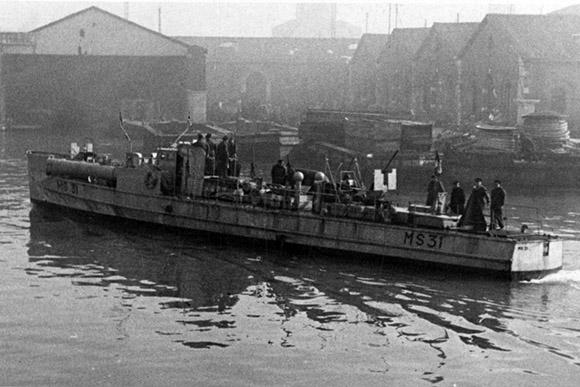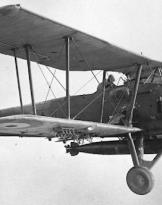The task ofHistorical Office of the Navy is not to recall the past, but to study the application of Maritime Power in all its dimensions. Among the many "novelties" of the 21st century that our sailors are called to face in the Mediterranean and east of Suez, as the British used to say, is the so-called asymmetric war.
Good. Not only is it not new, but the Italians invented it. You just have to remember. Sometimes this is not easy due to the objective lack of documents. For example, the guerrilla of the torpedo boats of the Regia Marina in Sicilian waters of July-September 1943. The only source was, until recently, the so-called "Michelagnoli Report", drawn up from memory, after the armistice, by the then captain of frigate Alessandro Michelagnoli, future chief of staff of the Navy. Memories, dates, circumstances overlapped thus becoming confused. Too many nights spent in white, too many fallen, too many opponents. And this is where theHistorical Office he intervenes, tracing acts and circumstances in his archive and in foreign ones thanks to the work of his collaborators, in view of the forthcoming drafting of a work as definitive as possible. What follows is an episode among many, but significant.
August 15th, 1943, early morning. The MS 31 and 73 torpedo boats, under the command of the second lieutenant Antonio Scialdone and with the flotilla leader, ship captain Francesco Mimbelli on board, are once again at sea to counter the infinite Anglo-American army, this time in the eastern waters of Sicily.
On the 31, alongside Mimbelli, a living legend for two years now, there is the commander in 2nd of the Flotillas Group, the then lieutenant Gino De Giorgi.
 At about 15 miles per 75 ° from Capo Spartivento Calabro, the torpedo boats sight two units identified, in the night, as cruisers. No radar, of course, for us, but not for them, which actually are three: the destroyers Troubridge, Tyrian e Tumult, all brand new and with newly boarded crews. We go on the attack. Immediately after the launch of the torpedoes, the engineers push the 1000 horsepower of the engines to the maximum. Now it is no longer a threat, discovered too late by the British, but a race. The machine gunners of the two sides, we are well under 500 meters away, begin to shoot and even cover the noise of the Isotta Fraschini. From the 31st they clearly see two flames on the lead ship. The attack maneuver, entrusted to De Giorgi, is defined as perfect by the "tough" Mimbelli, so much so that he received his second silver medal for Military Valor. So perfect that the British believe, as their mission report will report, that they are dealing with double the number of torpedo boats coming from both starboard and port. At night, you know, all cats are gray. The 73 does not arrive at launch and, despite a collision with its sister unit, it too manages to disengage. The Troubridge, hit by the shot of the MS 31, soon tames the fire. Six days of work. If, as was believed that night, it was hit by torpedoes, it would sink.
At about 15 miles per 75 ° from Capo Spartivento Calabro, the torpedo boats sight two units identified, in the night, as cruisers. No radar, of course, for us, but not for them, which actually are three: the destroyers Troubridge, Tyrian e Tumult, all brand new and with newly boarded crews. We go on the attack. Immediately after the launch of the torpedoes, the engineers push the 1000 horsepower of the engines to the maximum. Now it is no longer a threat, discovered too late by the British, but a race. The machine gunners of the two sides, we are well under 500 meters away, begin to shoot and even cover the noise of the Isotta Fraschini. From the 31st they clearly see two flames on the lead ship. The attack maneuver, entrusted to De Giorgi, is defined as perfect by the "tough" Mimbelli, so much so that he received his second silver medal for Military Valor. So perfect that the British believe, as their mission report will report, that they are dealing with double the number of torpedo boats coming from both starboard and port. At night, you know, all cats are gray. The 73 does not arrive at launch and, despite a collision with its sister unit, it too manages to disengage. The Troubridge, hit by the shot of the MS 31, soon tames the fire. Six days of work. If, as was believed that night, it was hit by torpedoes, it would sink.
Mimbelli, Michelagnoli and De Giorgi had, that night, 107 years in three. The former will command the Academy and, later, the Squad. The second and third will arrive at the top of the Navy. Michelagnoli will re-launch the amphibious component of the Navy, passed under him by the old function of defense force and coastal reach to the modern dimension of high seas that still distinguish it today. De Giorgi will realize, with far-sightedness and tenacity, the Naval Law of the 1975 mother of the fleet of the next generation, almost to today.
Long careers after that night on blind wooden boats in the darkness, but with crews who trusted their commanders.













